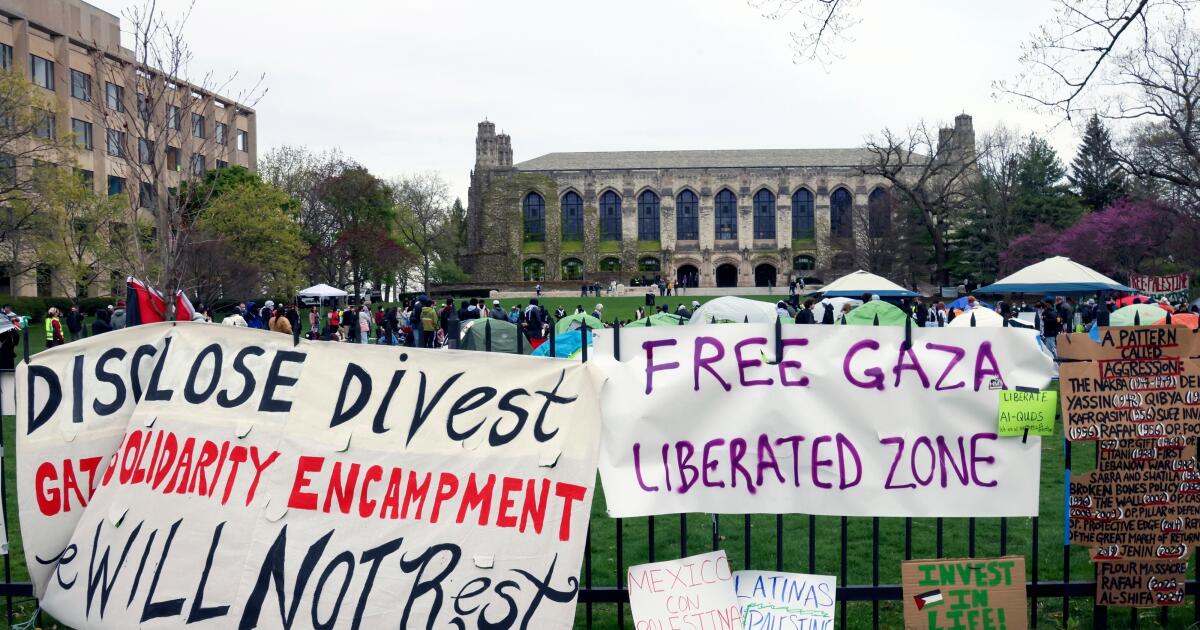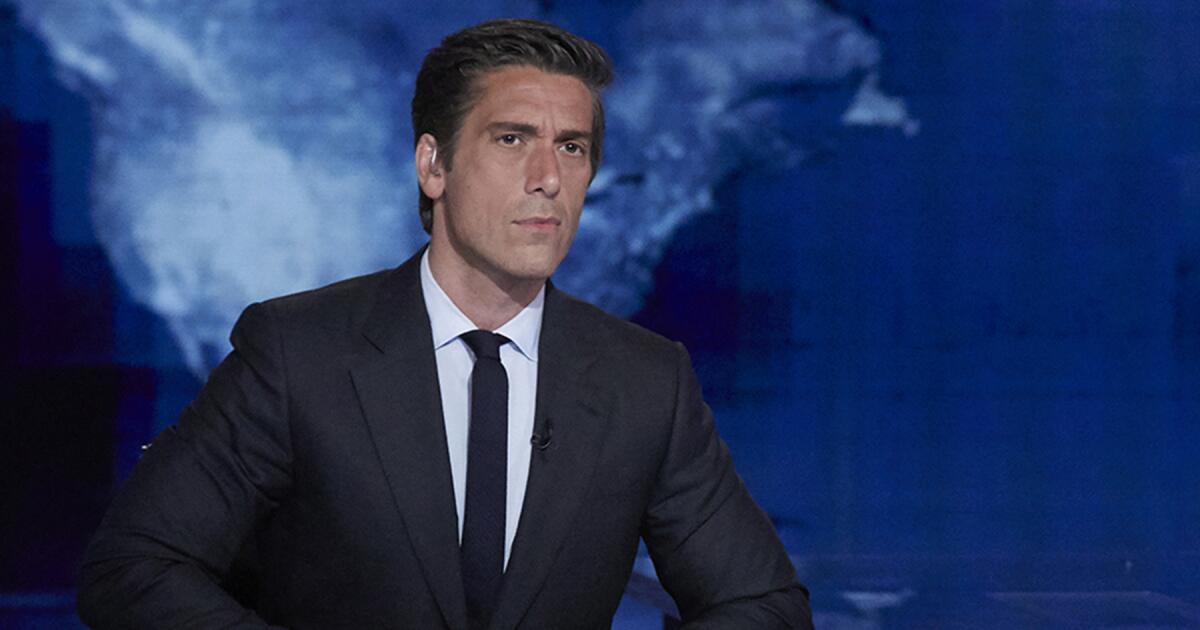Northwestern to pay $75 million in deal with Trump administration to restore federal funding
Northwestern University has agreed to pay $75 million to the U.S. government in a deal with the Trump administration to end a series of investigations and restore hundreds of millions of dollars in federal research funding.
President Trump’s administration had cut off $790 million in grants in a standoff that contributed to university layoffs and the resignation in September of Northwestern President Michael Schill. The administration said the school had not done enough to fight antisemitism.
Under the agreement announced Friday night, Northwestern will make the payment to the U.S. Treasury over the next three years. Among other commitments it also requires the university to revoke the so-called Deering Meadow agreement, which it signed in April 2024 in exchange for pro-Palestinian protesters ending their tent encampment on campus.
During negotiations with the Trump administration, interim university President Henry Bienen said Northwestern refused to cede control over hiring, admissions or its curriculum. “I would not have signed this agreement without provisions ensuring that is the case,” he said.
The agreement also calls for Northwestern to continue compliance with federal anti-discrimination laws, develop training materials to “socialize international students” with the norms of a campus dedicated to open debate, and uphold a commitment to Title IX by “providing safe and fair opportunities for women, including single-sex housing for any woman, defined on the basis of sex, who requests such accommodations and all-female sports, locker rooms, and showering facilities.”
Education Secretary Linda McMahon said the deal cements policy changes that will protect people on campus from harassment and discrimination.
“The reforms reflect bold leadership at Northwestern and they are a road map for institutional leaders around the country that will help rebuild public trust in our colleges and universities,” McMahon said.
Trump has leveraged government control of federal research money to push for ideological changes at elite colleges he claims are overrun by “woke” ideology.
The fine agreed to by Northwestern is the second-largest behind Columbia, which agreed in July to pay the government $200 million to resolve a series of investigations and restore its funding. Brown and Cornell also reached agreements with the government to restore funding after antisemitism investigations.
Harvard, the administration’s primary target, remains in negotiations with the federal government over its demands for changes to campus policies and governance. The Ivy League school sued over the administration’s cuts to its grant money and won a court victory in September when a federal judge ordered the government to restore federal funding, saying the Trump administration “used antisemitism as a smokescreen.”
This fall, the White House tried a different approach on higher education, offering preferential treatment for federal funds to several institutions in exchange for adopting policies in line with Trump’s agenda. The administration received a wave of initial rejections from some universities’ leadership, including USC’s, citing concerns that Trump’s higher education compact would suffocate academic freedom.







